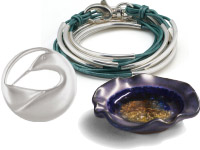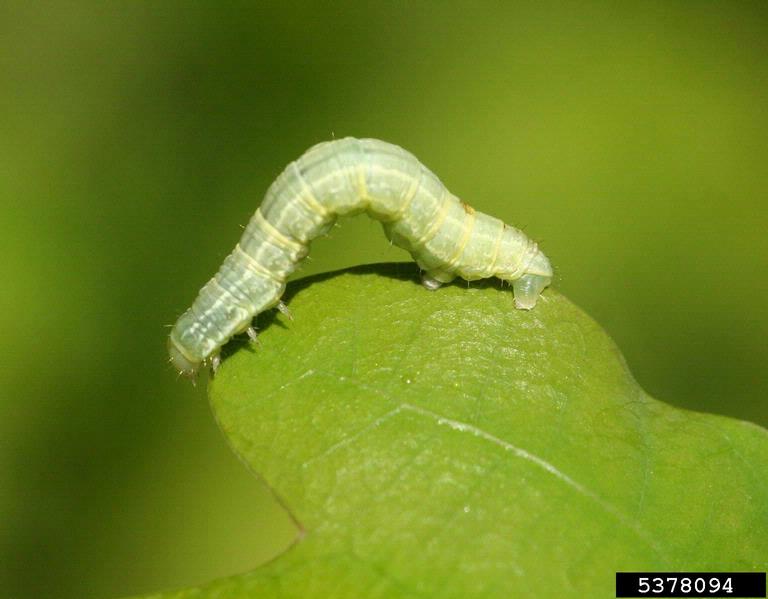Mother’s Day is May 11, and why not shop for gifts and help preserve nature at the same time? We’ve put together some great gift ideas that are available at the Audubon Shop in Lincoln.
. . . For the Early Riser
 Singing Bird Clock ($26, buy online)
Singing Bird Clock ($26, buy online)- Bird-friendly Coffee ($12.50)
- Blossom Morph Mug ($12)
These gifts will brighten any mom’s morning. The clock plays a different authentic bird song at the top of each hour (a sensor deactivates the sounds when the room is dark). She’ll enjoy delicious coffee grown by a company that helps preserve bird habitats. And, as an extra treat, wow her when you pour it into one of our heat-sensitive color-changing mugs, including a “blooming” mug and others that reveal cute wildlife images.
. . . For a Relaxing Day
 Pressure Point Critter ($9.95)
Pressure Point Critter ($9.95)- Scented Soy Candle ($19.95)
- Pachelbel CD ($15.95)
Inspire relaxation with this cute porcelain hedgehog that applies gentle pressure point stimulation to the hands and feet, and can be heated or chilled. Add a bird-themed, hand-poured lavender and lemongrass candle and one of our many relaxing music and nature sounds CDs, such as Pachelbel in the Garden.
. . . For the Jewelry Lover
 Loon Pin ($44)
Loon Pin ($44)- Lizzy Wrap Convertible Bracelet / Necklace ($39)
- Handmade Dish ($7.50)
Created by Maine-based Lovell Designs, this sleek brooch features a preening loon. The ingenious convertible Lizzy wrap is elegant as either a bracelet or necklace. Plus, mom can store small pieces such as rings or earrings in the unique hand-made dish.
This is just a sample of the many great Mother’s Day gifts at the Shop. For more, visit the Audubon Shop in Lincoln or browse a selection of items that you can purchase online in our Online Store.


